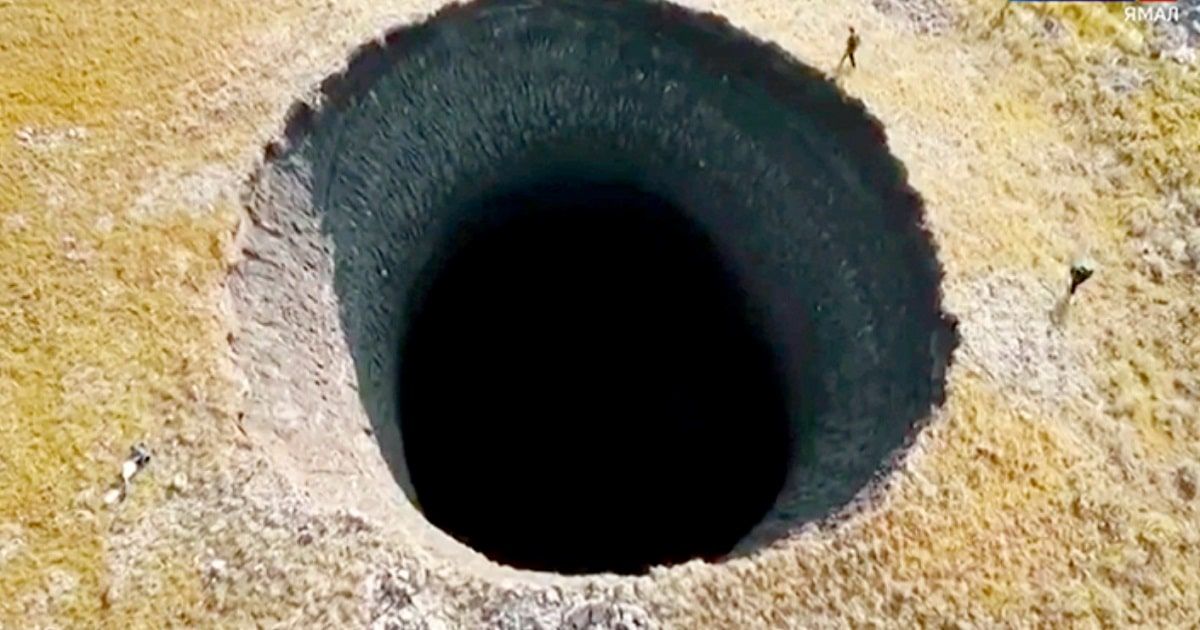
Depth or separation? The eternal question and sleepless nights. I choose to separate objects because this is the most crucial thing in the places where I am able to search. The race for a few inches leads to nothing constructive, but the ability to see in iron does. Scrap heavily masks targets, and it’s not big objects and nails, but also decay dust – its condensed oxides!
The electronics of the detector have to process a lot of signals in a moment, and if we add other conductors to this, the time to generate a signal is very short. Larger signals effectively cover the response of small objects – higher conductors.
The level of mineralization of the substrate, the sweep angle, the conduct of the probe, and the frequency of work are important. All this has a dramatic effect on the effects. Wrongly selected detector and incorrectly set, and there is no chance for any effects. I have experienced this many times and it was very painful. A change in approach, improved probe guidance, and higher operating frequency, and we begin to hear signals previously unavailable.
So what is my recipe for a lot of iron? It depends on many parameters, but to simplify … a higher separation speed of the so-called recovery speed, higher operating frequency, lower sensitivity to conditions, and lower discrimination. Slower sweep, still parallels to the ground. You can also raise the probe slightly up … so if we are fighting with large disturbances from the ground. It will be shallower this way, but we will hear objects that we had no idea about before.
Finally, you can use a single high-frequency operation, an adaptive refresh rate device (Nexus MP V3), or a hybrid PI/VLF detector (Tarsacci MDT), but who can afford that?!
You can find more on this BLOG and on YouTube and social media on Facebook. Speak soon. Comment under the article.
